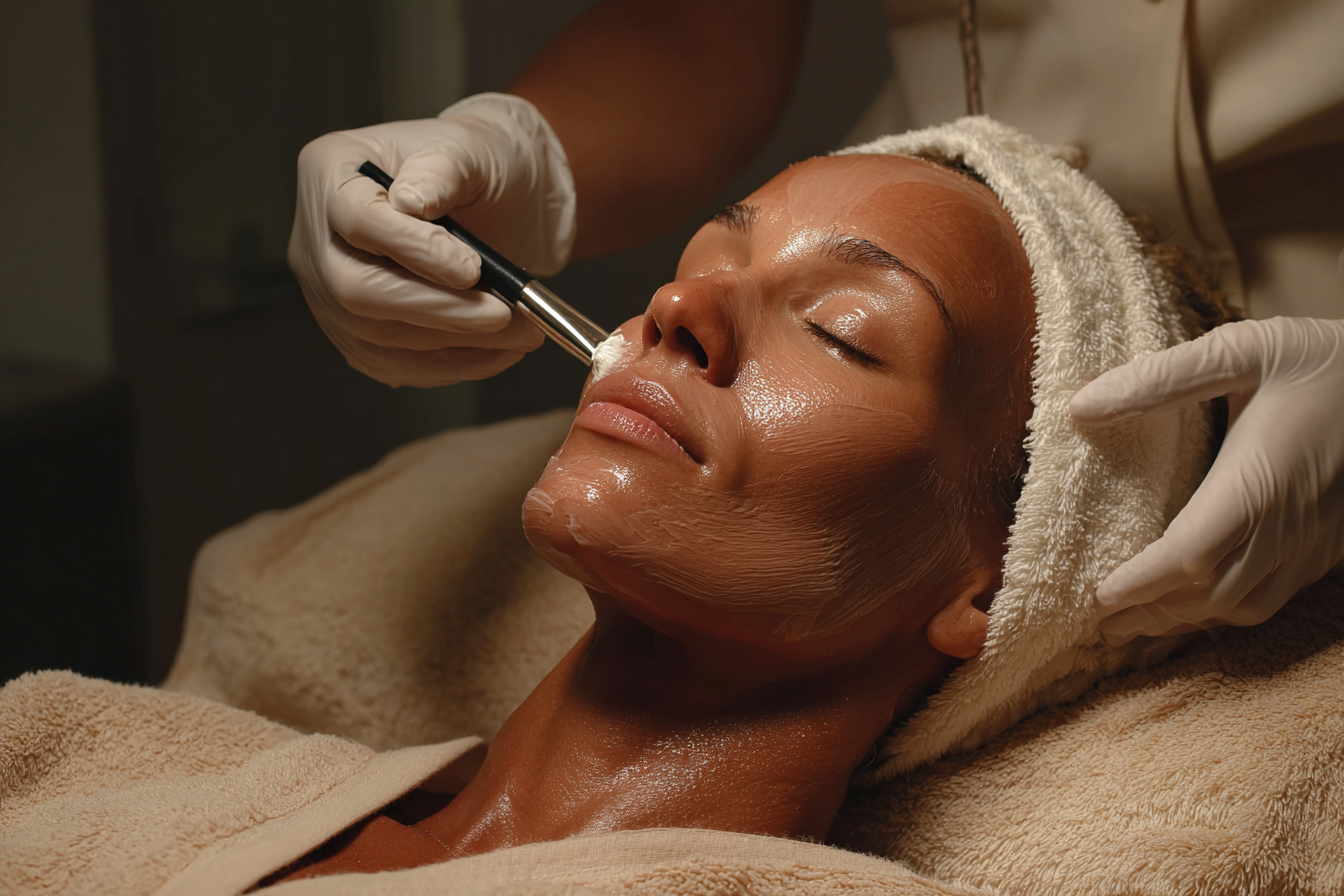How to Naturally Enhance GLP-1 for Metabolic and Aesthetic Gains
In the field of beauty and wellness, appetite regulation is often discussed in passing but rarely understood in detail. Yet glucagon-like peptide-1, or GLP-1, offers genuine promise. This hormone is central to satiety, helping manage insulin, slow digestion, and regulate hunger. It also connects gut health to brain signalling, positioning it at the crossroads of aesthetic medicine and metabolic care.
GLP-1 is not new to the public. With the rise of injectable weight-loss drugs like semaglutide, many have learned to associate GLP-1 with rapid fat loss. But these medications replicate what the body is capable of doing naturally. So, the question becomes: can GLP-1 be increased without pharmaceuticals? For professionals working in skin health, nutrition, or aesthetic treatments, the answer opens new possibilities for holistic metabolic support.
Fibre: The Natural Trigger
Fermentable fibre is one of the most researched natural GLP-1 boosters. Found in oats, barley, legumes, and many vegetables, these fibres travel undigested to the colon where bacteria ferment them into short-chain fatty acids. These acids then stimulate GLP-1 secretion from L-cells in the gut lining. This mechanism not only reduces appetite at the next meal, it may also enhance blood sugar balance and lower systemic inflammation. A client switching from white bread to dense rye or barley bread, for example, can start to feel the difference in their cravings and energy within days.
Protein and Fat: Building Blocks with Impact
High-protein meals have also been shown to increase GLP-1 levels. Whey protein in particular is a strong stimulator. A protein intake of around 30% per meal seems to produce the greatest response. Healthy fats are another piece of the puzzle. Monounsaturated and omega-3 fats found in olive oil, avocados, nuts, and oily fish help activate gut receptors that encourage GLP-1 release. These same fats improve insulin sensitivity and support skin function, so they carry dual benefits in both body composition and aesthetics.
Gut Microbiome: The Missing Link
A balanced microbiome is crucial for proper GLP-1 function. Beneficial bacteria feed on prebiotic fibres to produce the short-chain fatty acids that trigger hormone release. Dysbiosis, or an imbalanced microbiome, can interfere with this system, reducing the effectiveness of GLP-1 and contributing to cravings and metabolic slowdown. Probiotic strains such as Bifidobacterium longum and Lactobacillus plantarum have shown promise in restoring this pathway. For professionals working with skin conditions, this is particularly important, since gut health is deeply tied to chronic inflammation, acne, and sensitivity.
Botanical Support: From Curcumin to Bitter Melon
Several plant-based compounds show potential in enhancing GLP-1 naturally. Curcumin, the active component in turmeric, has been observed to increase GLP-1 secretion in animal studies. It appears to act through bile acid modulation and inflammation reduction. Berberine, often used in traditional Chinese medicine, stimulates the same L-cells responsible for GLP-1 release. Bitter melon may also act on similar receptors. These botanicals offer an accessible, non-pharmaceutical option for clients looking to support metabolic health gently and steadily.
Lifestyle: Movement, Sleep, and Stress
Exercise, especially high-intensity or interval-based, increases GLP-1 levels temporarily and improves receptor sensitivity over time. This makes regular movement essential for any strategy aimed at appetite control. Poor sleep, on the other hand, reduces GLP-1 signalling and raises hunger hormones like ghrelin. Chronic stress has a similar effect, often leading to reduced sensitivity to GLP-1 and other satiety signals. Supporting clients with sleep hygiene advice, stress reduction techniques, and consistent activity planning can improve their appetite regulation and overall wellbeing.
What This Means for Beauty and Wellness Professionals
The connection between metabolic balance and physical appearance is no longer theoretical. Weight gain, dull skin, premature ageing, and chronic skin conditions are all tied to internal inflammation, hormone dysregulation, and poor nutrient signalling. GLP-1 sits at the heart of many of these pathways. By helping clients naturally support this hormone, beauty professionals can extend their impact far beyond the treatment room.
From recommending high-fibre foods and fermented products to guiding meal balance and movement routines, GLP-1 offers a biological pathway to real results. It adds a scientific foundation to the lifestyle advice many practitioners already offer, and it frames weight management not as restriction, but as hormone support. That shift in perspective is powerful—and potentially transformative for client outcomes.








